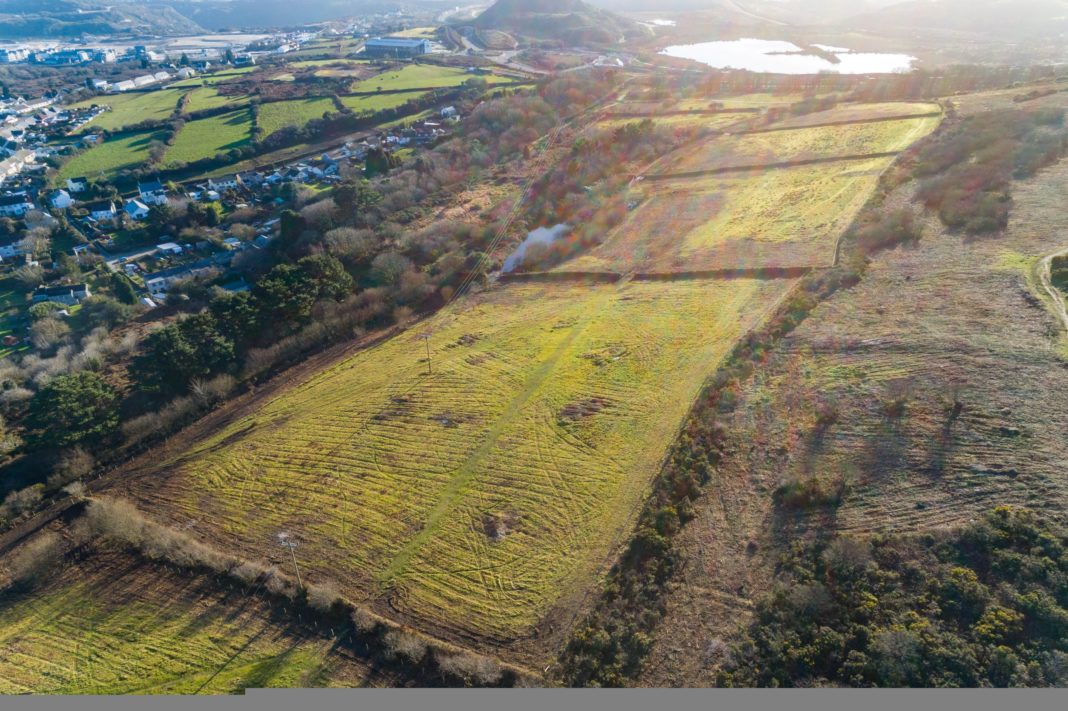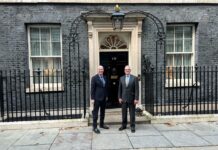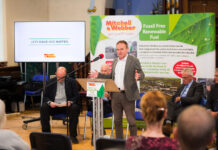Cornwall has seen 26 green projects – all aimed at tackling the county’s declining biodiversity and restoring its natural environment – delivered in the year since it hosted the G7 conference.
The first year of the five-year G7 Legacy Project for Nature Recovery ends this month and funding has been secured for new projects and to progress the ambition of Natural England, Cornwall Wildlife Trust and other partners to continue transforming Cornwall.
The G7 Legacy Project is about reconnecting habitats and ecosystems throughout mid-Cornwall, conserving and even reintroducing rare species, while improving water quality and capturing carbon.
Environment Secretary, George Eustice, said: “The delivery of 26 projects to boost nature recovery across Cornwall is a fitting legacy of our G7 presidency.
“We have already improved access to green spaces at Woodland Valley Farm and restored habitats for rare species at Goss Moor. In the next year, Cornwall will continue to lead the way in supporting nature with projects including the restoration of woodland and tackling invasive species.”
Projects vary wildly in scope but each has the common theme of improving a location in Cornwall, ranging from a few square feet to thousands of hectares. Highlights include:
- Imerys, which extracts China clay from the ground and has 10,000 acres of land within Cornwall, has recovered acid grassland, improved and restored rare heathland areas and introduced conservation grazing. Habitat creation and nature recovery continues into year two.
- Better access to nature for all including wheelchair users at Woodland Valley Farm where a boardwalk made of recyclables allows viewing of the Cornwall Beaver Project. Beavers were released here five years ago, the first in Cornwall for over 400 years.
- The Marsh Fritillary butterfly was once widespread in Britain and Ireland. Now it is threatened, not only in the UK but across Europe. Improvements have been made to Luxulyan Valley, Molinnis nature reserve and SSSI that will also benefit the endangered Willow Tit.
Wesley Smyth, area manager of Natural England, said: “The G7 conference was an ambitious event so it is only right that the legacy be equally ambitious and create a lasting legacy for Cornwall.
“The variety of projects means there is something for everyone, from investing in people like apprentices to advisors, investing in better access to nature through improved nature trails and car parks to investing in recovery and habitat recreation to bring vulnerable species back from the brink.”
The legacy project is now entering its second year and will continue developing mid- and long-term projects as well as creating news ones like:
- Restoring 6.5ha as part of the Bokiddick wet woodland restoration scheme by connecting a stream to the floodplain plus repairing a 1km trail upstream of the Luxulyan Valley.
- Improving access and management of invasive species at Par Sands with Cornwall Council.
- Carrying out baseline surveys to check the status of blue carbon sources like seagrass, algae and other underwater plants.
The G7 Legacy Project is also one of Natural England’s Nature Recovery Projects which deliver nature recovery at a landscape scale helping to tackle biodiversity loss, climate change and improve public health and wellbeing.
Transforming 10,000ha of land under the G7 Legacy Project will see 440,000 tonnes of carbon dioxide captured as well as improvements to water quality and reduced flood risk. Ultimately, the project ambition is to see more than 21,000 hectares of land regenerated for nature in mid-Cornwall.








